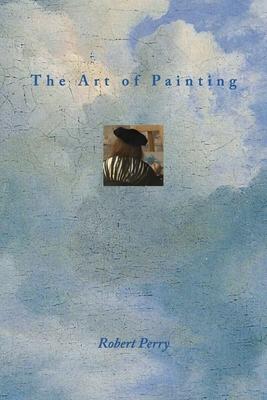As the ultimate ars poetica, this collection of poems extends Vermeer's artist-in-his-studio allegory of the art of painting to the art of poetry. As a practicing artist and designer who is a student of art history, the poet, simply put, paints with words in his poetry. The approach and result are most often visual. It's no surprise that the book also contains several Ekphrastic poems that hold a work of art or the like as the subject or principal source of inspiration. The reader becomes familiar with art and artists, and the process of making art, through poems about painters, paintings, photographs, movies, and songs, as well as people of note, historic events, and elements in nature and nature itself. Just as an artist would, this poet takes the world as it is, and takes to heart what the Dutch painter Piet Mondriaan declares: "[The artist] needs on the contrary to represent what is inward."

As the ultimate ars poetica, this collection of poems extends Vermeer's artist-in-his-studio allegory of the art of painting to the art of poetry. As a practicing artist and designer who is a student of art history, the poet, simply put, paints with words in his poetry. The approach and result are most often visual. It's no surprise that the book also contains several Ekphrastic poems that hold a work of art or the like as the subject or principal source of inspiration. The reader becomes familiar with art and artists, and the process of making art, through poems about painters, paintings, photographs, movies, and songs, as well as people of note, historic events, and elements in nature and nature itself. Just as an artist would, this poet takes the world as it is, and takes to heart what the Dutch painter Piet Mondriaan declares: "[The artist] needs on the contrary to represent what is inward."